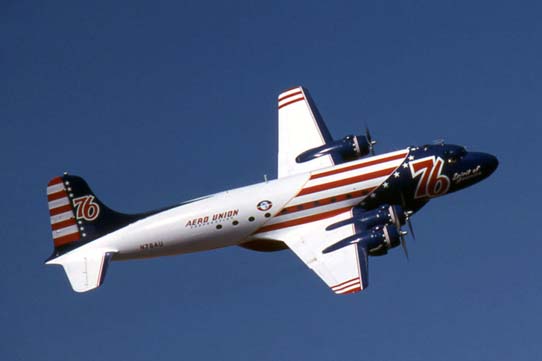Pretty neat.
Love the Big Doug's. Nicely done low approach to go around, tight pattern, gear down, and #3 and #4 shut down, go around with full asymetric thrust..... and #3/#4 restarted on the go around climb back into the pattern, while cleaning up the plane for climb. Well done.
As sturdy and robust as these planes are, it's no wonder they were a staple of the US aerial firefighting community for so long from the 1970s to the early 2000s, and even retired before their time as a kneejerk reaction due to a couple of tankers disintegrating in midair in 2003 due to age and fatigue, a PB4Y-2 and a C-130A. The big Dougs such as the DC-4/C-54, DC-6/C-118, and the DC-7 were far more sturdy airframes for this role, as they proved for many decades.

Love the Big Doug's. Nicely done low approach to go around, tight pattern, gear down, and #3 and #4 shut down, go around with full asymetric thrust..... and #3/#4 restarted on the go around climb back into the pattern, while cleaning up the plane for climb. Well done.
As sturdy and robust as these planes are, it's no wonder they were a staple of the US aerial firefighting community for so long from the 1970s to the early 2000s, and even retired before their time as a kneejerk reaction due to a couple of tankers disintegrating in midair in 2003 due to age and fatigue, a PB4Y-2 and a C-130A. The big Dougs such as the DC-4/C-54, DC-6/C-118, and the DC-7 were far more sturdy airframes for this role, as they proved for many decades.

Last edited:

